What carpet costs can you expect when updating flooring?
Carpet costs can vary hugely depending on the material and style you opt for — we're here to explain the prices you can expect for a whole range of styles

Are carpet costs on your mind? If you are thinking about changing your existing flooring, the cost of your chosen covering is likely to be something you are keen to focus in on.
There are many different types of carpet available, from those made from wholly natural materials to those that are completely man made and all offer different benefits (and disadvantages), as well as carrying different price tags.
Here, we explain what different carpets costs are, how you can make savings and where it might be wise to spend a little more.
How much should you budget for carpet costs?
What you pay for your carpet will depend on several factors, including:
- The material it is made from (wool, a synthetic such as polypropylene or nylon, a natural fibre, such as sisal, and so on)
- The pile (or yarn technique), for example twist or loop
- The depth of the pile
- The colour or pattern
- The supplier you choose
- The quantity you require
As with all types of flooring, there are also a whole bunch of hidden extra costs you will need to factor in, such as installation, underlay and fittings such as carpet grippers.
How much does carpet cost on average?
As mentioned previously, there are a whole host of factors that will affect how much you pay for carpet, with the main two being material and pile type.
However, it is possible to get a rough idea of what you can expect in terms of cost.
Bring your dream home to life with expert advice, how to guides and design inspiration. Sign up for our newsletter and get two free tickets to a Homebuilding & Renovating Show near you.
"Most budget options will see you paying around £10-£25/m2,” says Gregory Powley-Lynch, operations director at Elements London. Of course at the luxury end of the market you are going to end up paying much more than this — expect prices of up to £100/m2 or more for pure wool, patterned carpets.
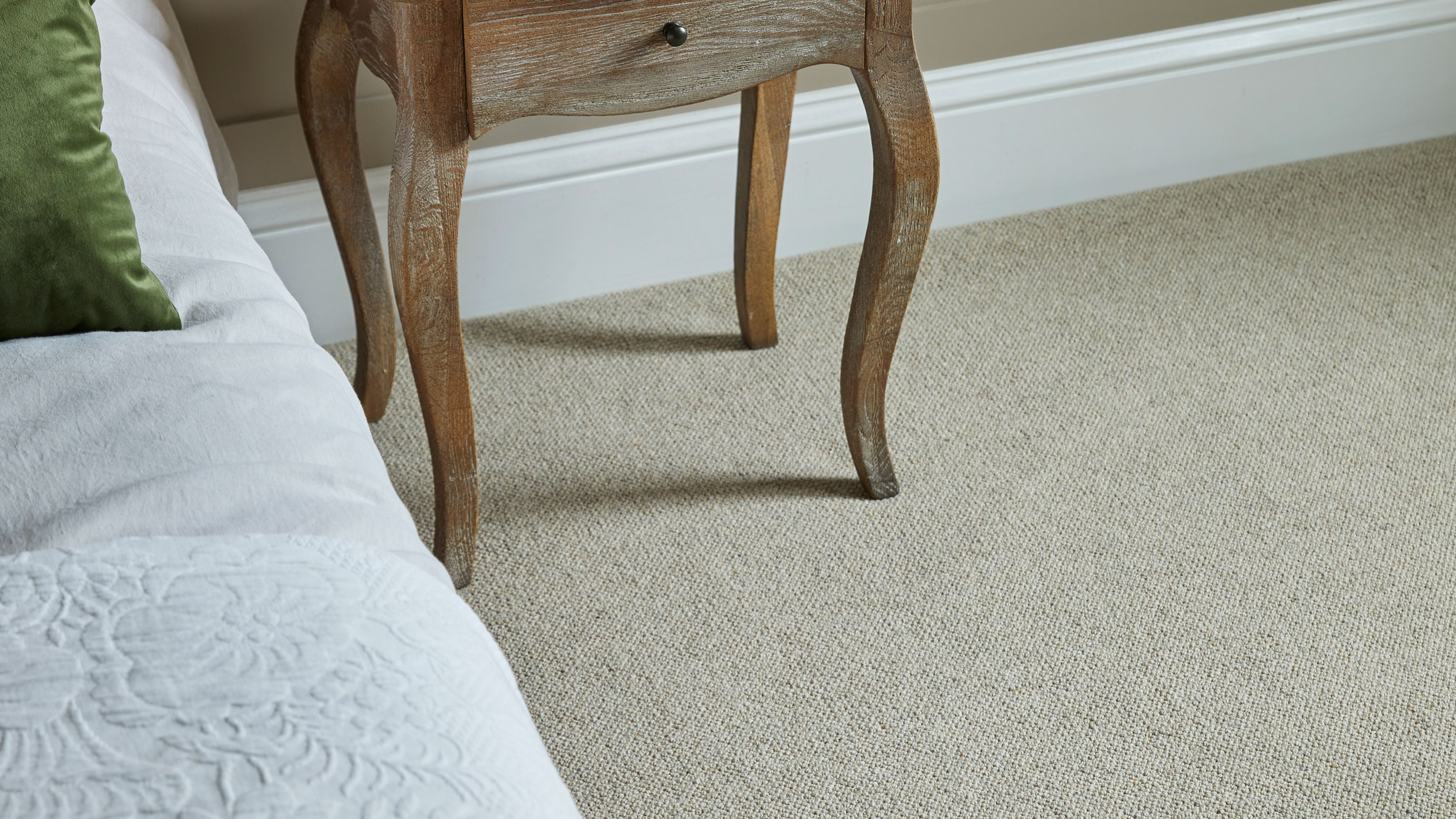
How much do different types of carpet cost?
Before getting into the costs of the various materials, it is useful to understand that the type of pile you opt for will also have a large effect on what you pay for a carpet.
Cut and loop carpets tend to be one of the cheaper options. They are made up of both fibres that stand upright as well as some that are looped — they look very attractive. Synthetic prices start from about £6/m2, though this can rise to around £37/m2 for natural versions.
Loop pile and berber also tend to lie at the lower end of the price scale, with prices ranging, on average, from just £6/m2 for some synthetic materials, right up to £65 or more.
Next up are twist and saxony carpets. Twist carpets are hardwearing and perfect for high traffic areas. Saxony carpets are a little like twist carpets in that fibres stand up on end from the floor. Where they differ is the way in which the fibres are trimmed for a softer feeling underfoot — they also tend to be a little more expensive.
Expect to pay, on average, anywhere from £15/m2 right up to £80/m2+ for twist and saxony carpets.
At the top end of the price scale lie velvet carpets. These are made up of a low-cut pile and fanned fibres. This results in an incredibly soft and luxurious floor covering which is perfect for bedrooms and living rooms. Prices start at around £30/m2, rising to well over £150/m2.
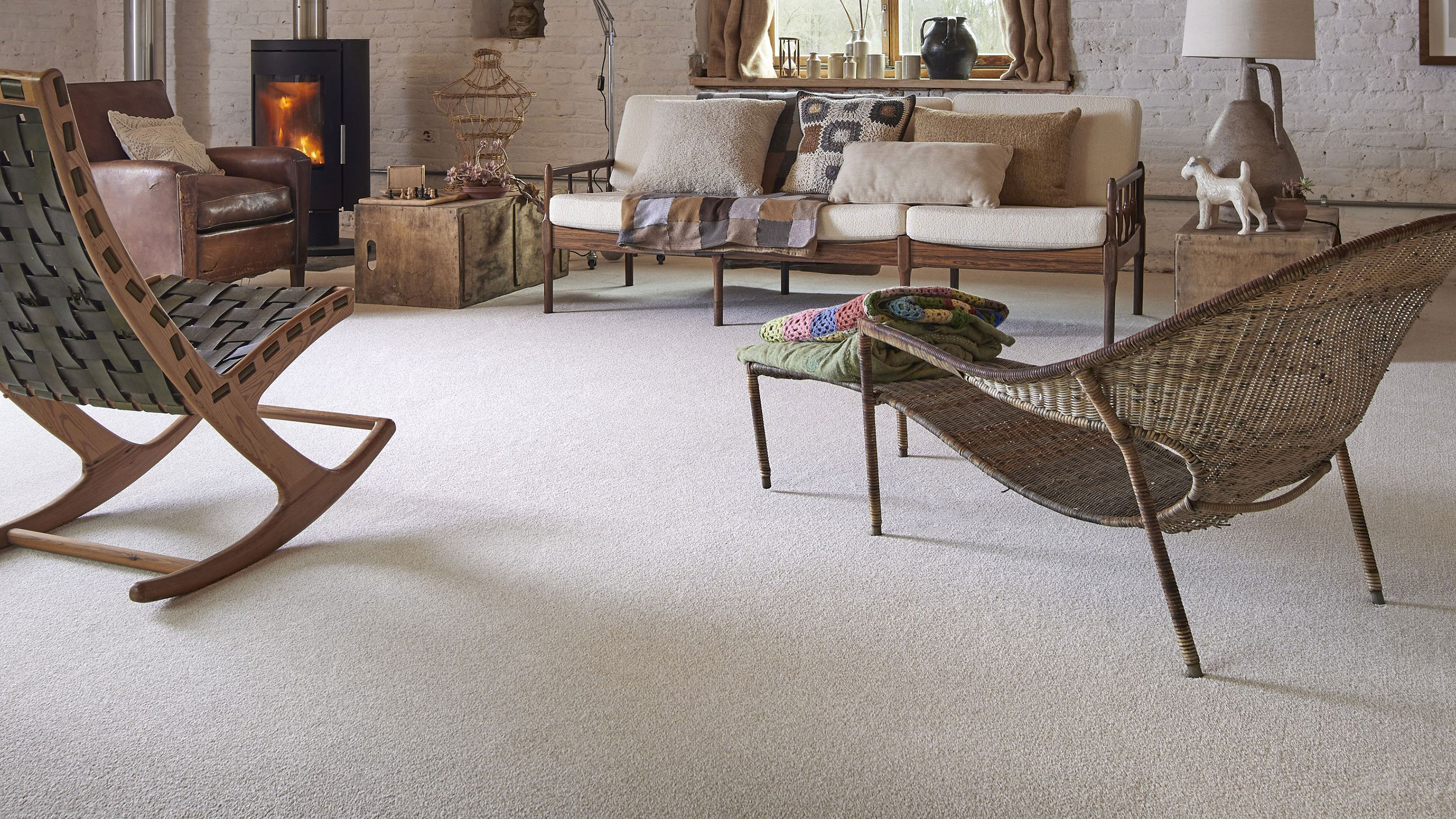
How much does wool carpet cost?
Wool carpet tends to be the most expensive option — but there is a good reason for this.
"Wool is the most popular natural carpet and it’s easy to see why as it provides
a textured luxurious look which is soft underfoot as well as being hardwearing — making it a great option for almost any room," says Alex Heslop, trend expert at Flooring Superstore. "It is also the perfect material for experimenting with interesting textures to add that little something extra to your space, with so many different finishes to choose from including looped, herringbone and berber.”
Depending on the pile and design, wool carpets start at £20/m2 and rise to well over £150/m2.
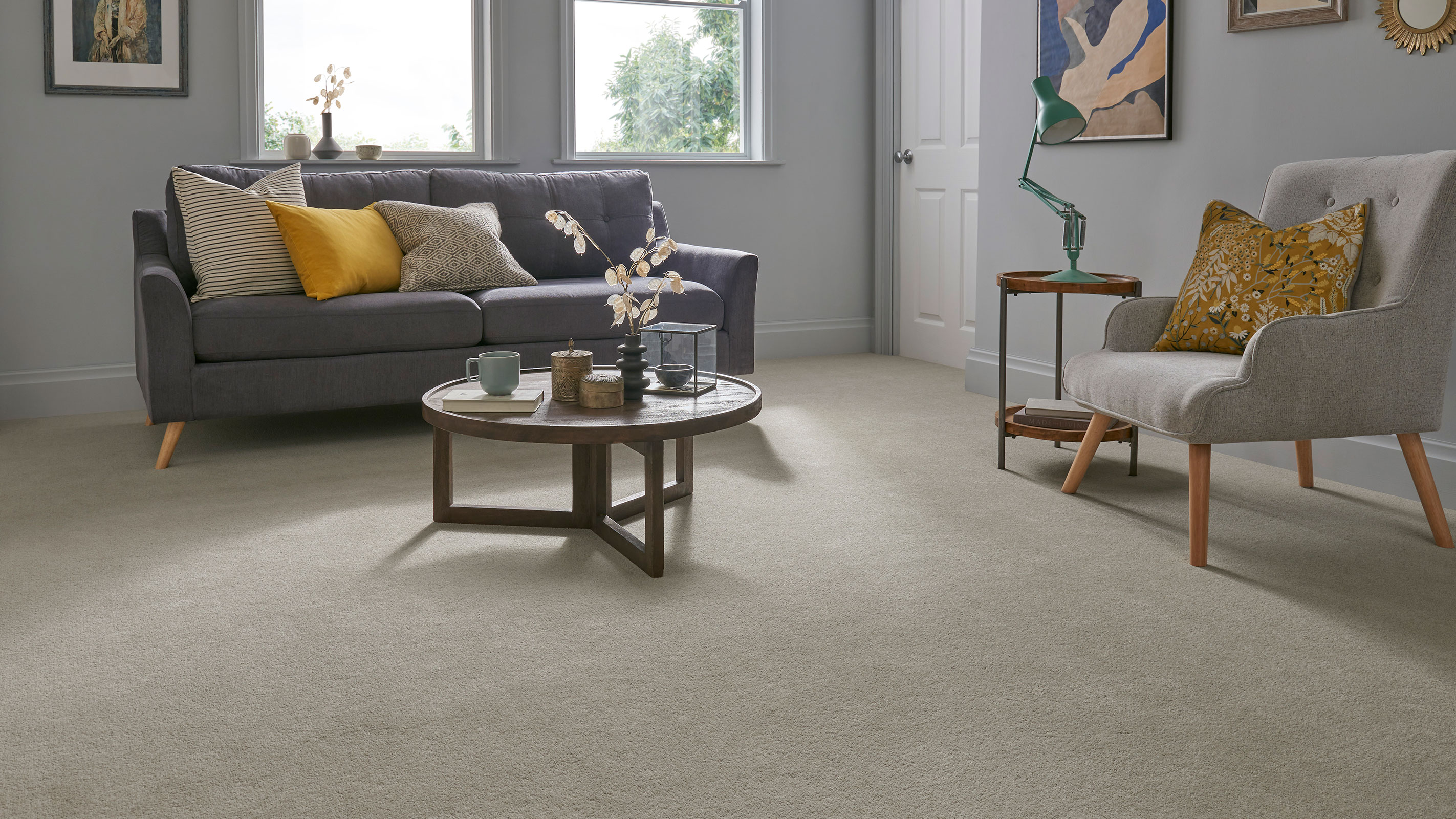
How much do synthetic carpets cost?
Again, this will very much depend on the exact material the carpet is made from, as well as the pile and design.
100% polyamide (also know as nylon) carpets and carpet tiles lie right at the bottom of the price scale, along with those made from a blend of polyamide and polypropylene — these can be picked up for as little as £6/m2.
That said, if you were to opt for a 100% polypropylene carpet in something like a saxony pile, you could easily end up paying more than £75/m2.
Equally, some wool polypropylene blends go for £100/m2 or more.
Are natural carpets expensive?
Natural carpets, such as those made from sisal, seagrass, coir and jute are a great, eco-friendly option.
“As well as having a lower carbon footprint, natural carpets add a premium and calming feel to your living space and as a natural fibre, can even improve air quality, acting as a natural filter by trapping allergens and removing them from the air you’re breathing," explains Alex Heslop.
If you like the idea of a lower chemical or chemical-free carpet that is kinder to the planet, expect average starting prices of £18/m2 for jute and coir and seagrass and £25m2 for sisal.
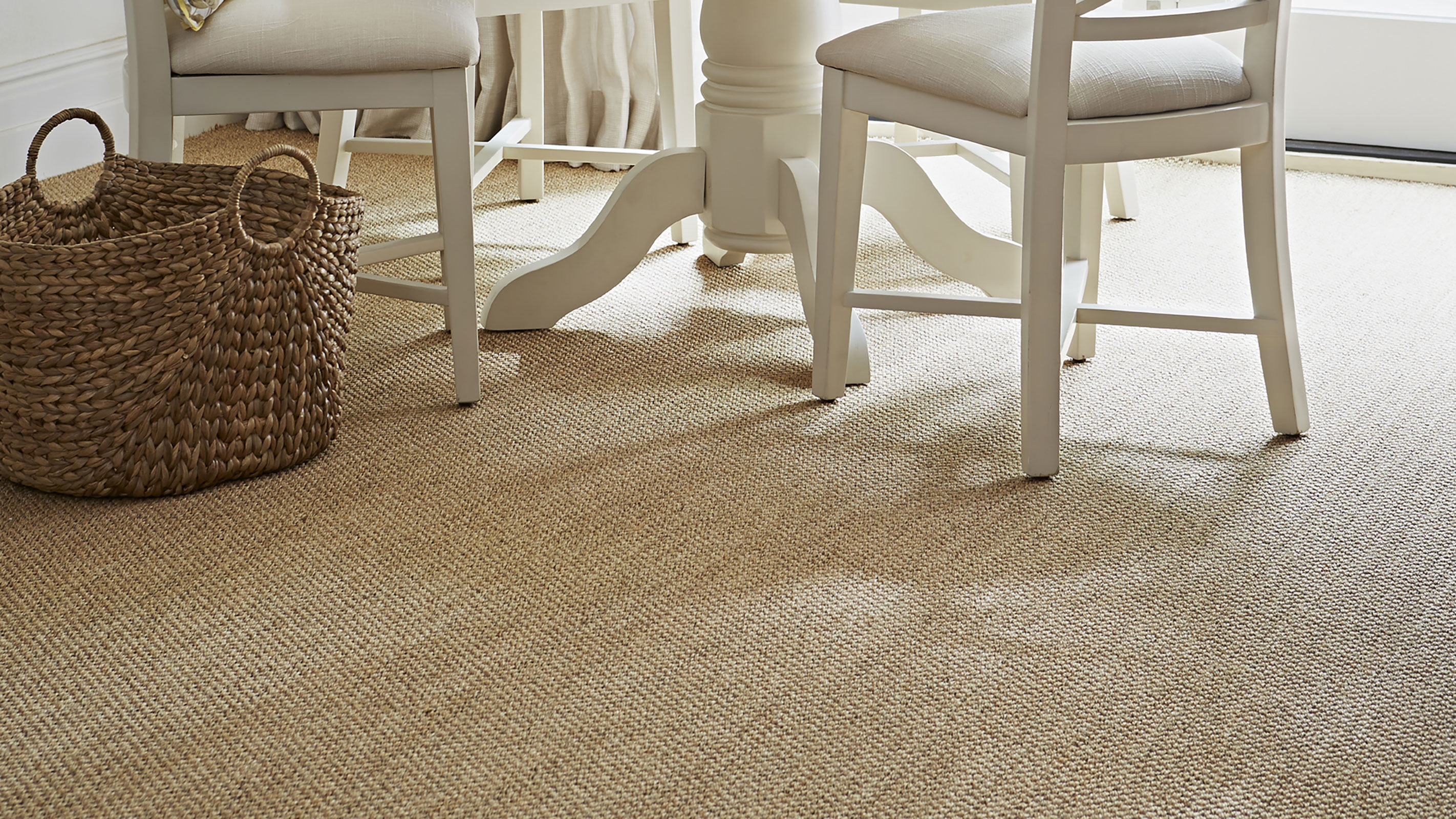
Will cheaper carpets last?
Just as with so many things in life, when it come to carpet, cheapest is not always best and if you are carpeting an area of high traffic, such as stairs or an entrance hall, plumping for the least expensive product you can lay your hands on may well see you having to replace a threadbare carpet in just a couple of years.
"Just as with most products, the more money that you’re willing to spend, the longer your carpet will last. The less you spend, the shorter will be the carpet’s life," say the experts at Flooring & Carpet Centre. "Of course, longevity isn’t just determined by price. It’s also a function of use. Low-cost carpets can still last a long time if they’re used infrequently. Likewise, expensive, durable carpets can wear out in just a few years if foot traffic is high.
"Spending £15 per metre on carpet won’t get you the highest quality modern carpet. With a budget like that, you will be lucky to find one that lasts five years, even under low usage. For carpets in areas of your home with medium foot traffic that you want to last 10 years or more, you may have to spend over £25 per metre," they continue. "And if you want carpets to last longer in heavy-footfall areas of your home, you may have to pay more than £35."
How much does carpet underlay cost?
Although it can be tempting to skip underlay if you are trying to save money, it is important that you understand the benefits of fitting it.
"In general, carpets without underlay have a much shorter lifespan and are more at risk of rapid wear and tear," say the experts at Cormar Carpets. "Underlay is especially important if you’re planning on laying carpet over concrete as it will help make walking across the room much more comfortable."
There are many different types of carpet underlay, all coming in at different prices, but expect to pay between £2-£10/m2 — the more luxurious and higher quality the underlay, the more it is likely to cost.
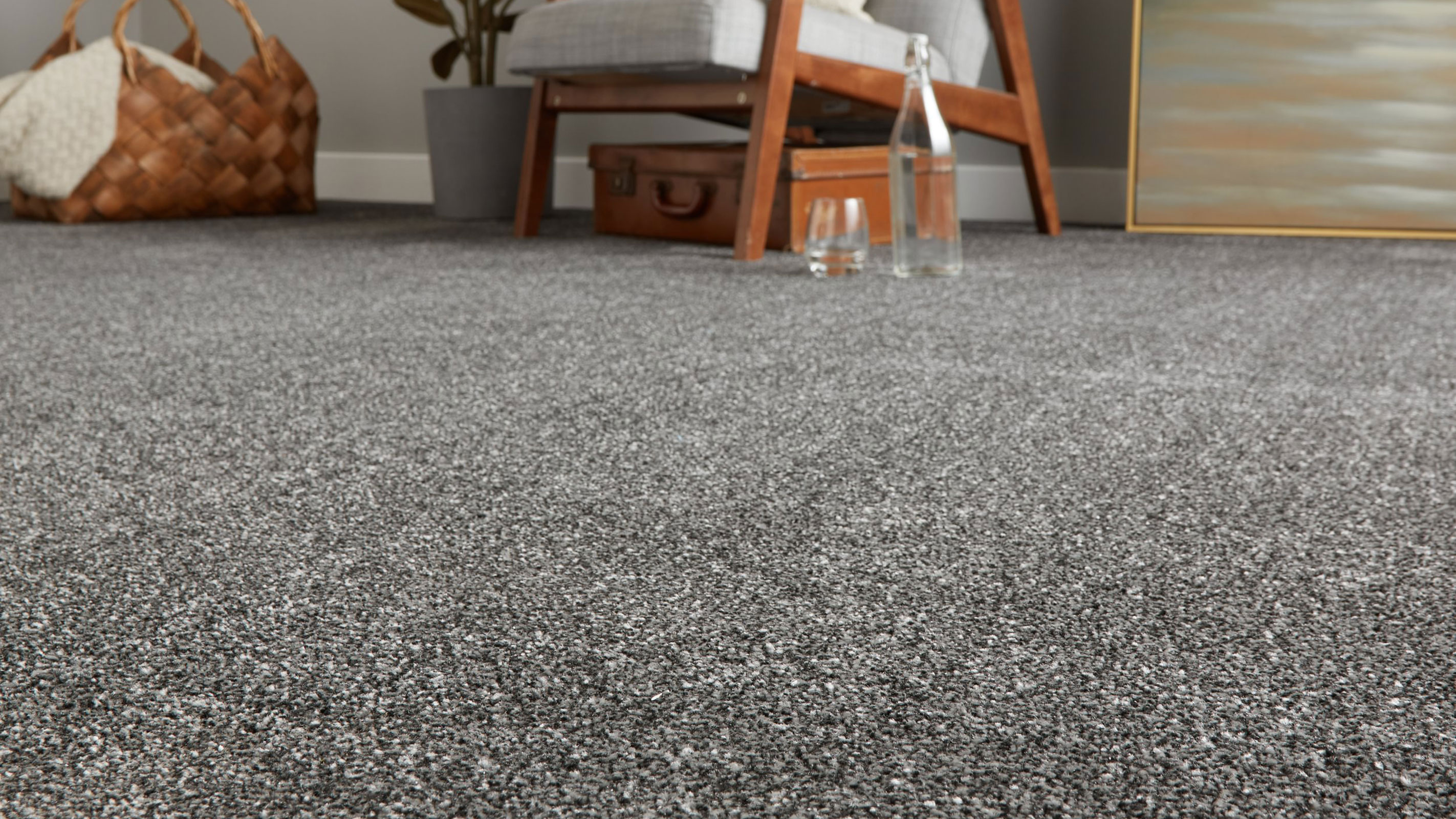
Natasha was Homebuilding & Renovating’s Associate Content Editor and was a member of the Homebuilding team for over two decades. In her role on Homebuilding & Renovating she imparted her knowledge on a wide range of renovation topics, from window condensation to renovating bathrooms, to removing walls and adding an extension. She continues to write for Homebuilding on these topics, and more. An experienced journalist and renovation expert, she also writes for a number of other homes titles, including Homes & Gardens and Ideal Homes. Over the years Natasha has renovated and carried out a side extension to a Victorian terrace. She is currently living in the rural Edwardian cottage she renovated and extended on a largely DIY basis, living on site for the duration of the project.

